Ulnar Collateral Ligament
ulnar collateral ligament
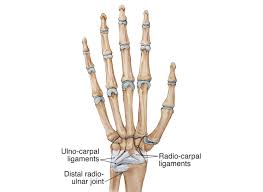
ulnar collateral ligament

The dorsal radiocarpal ligament

Radial collateral ligament
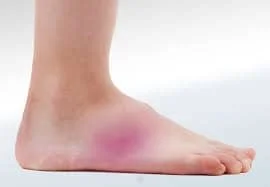
Introduction: The human foot is a remarkable structure comprised of numerous bones, joints, ligaments, and tendons working in tandem to facilitate movement and support the body’s weight. Among its intricate components, the midfoot plays a vital role in maintaining stability and enabling efficient mobility. A midfoot sprain, an injury commonly encountered, affects this crucial region,…

Definition Neuroplasticity, also known as brain plasticity or neural plasticity, is a fundamental property of the brain that refers to its remarkable ability to reorganize, adapt, and change throughout an individual’s life. Contrary to the traditional belief that the brain’s structure and functions remain fixed after a certain age, research has demonstrated that the brain…
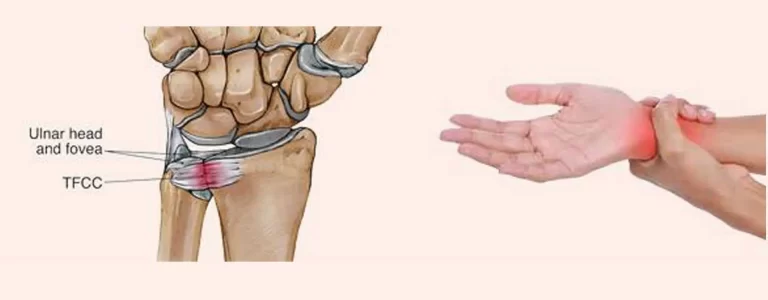
Introduction Between the lunate, triquetrum, and ulnar head lies a load-bearing structure termed as the triangle fibrocartilage complex (TFCC). The TFCC’s role is to stabilize the ulnar side of the wrist. The TFCC is endangered by both acute and long-term degenerative damage. Positive ulnar variation and forced ulnar deviation are linked to TFCC damage. Patients…
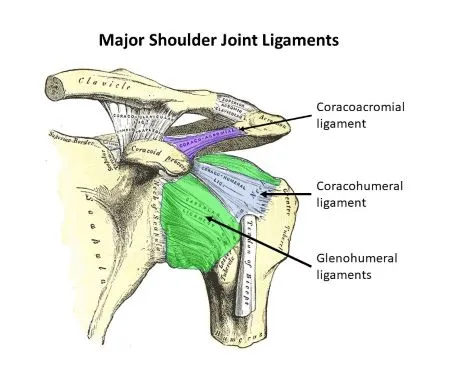
Glanohumral ligament
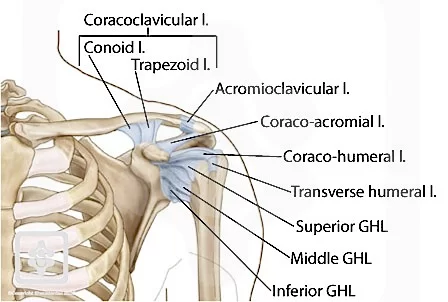
Introduction The transverse humeral ligament is a fibrous band that runs horizontally across the top of the shoulder joint, connecting the greater and lesser tubercles of the humerus bone. It forms a roof over the bicipital groove, which houses the long head of the biceps tendon. The primary function of this ligament is to hold…
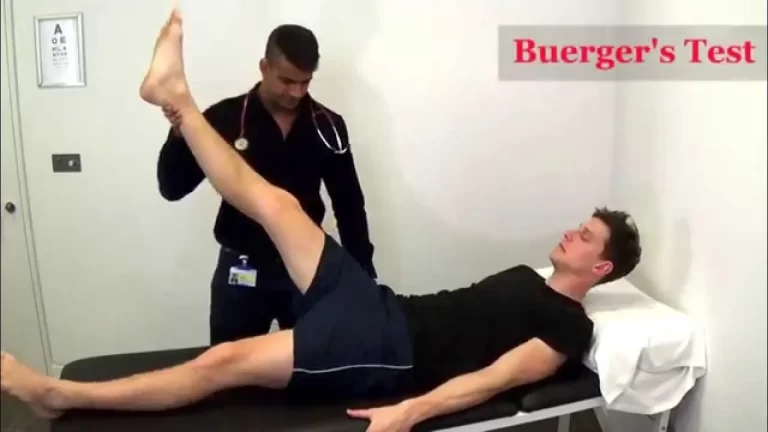
The Buerger test is used to assess arterial sufficiency. It carries Leo Buerger’s name. The angle at which the supine leg must be raised before it fades is called the vascular angle, also known as Buerger’s angle. Even when the limb is elevated 90 degrees, the toes and sole of the foot remain pink in…
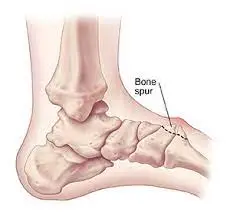
Description A bone spur on the top of the foot, also known as a dorsal exostosis, is a bony outgrowth that can develop on the upper surface of the foot. This condition typically occurs at the joints or tendons, often in response to prolonged stress, friction, or pressure. Bone spurs are usually a result of…